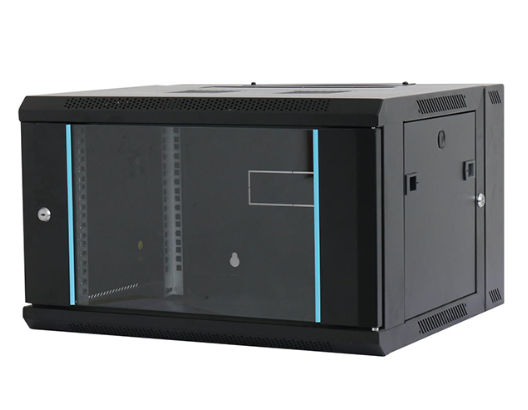News
Site Editor
 Site
https://leonetworkgroup.usa18.wondercdn.com/uploads/image/5fe152faa587d.png
Patch cables and instrument cables are both used to connect audio equipment but they are not exactly the same.Patch cables, also known as patch cords or patch leads, are short cables typically used to connect modules in a synth rack or to link effects pedals on a pedalboard. These cables are usually no more than one foot in length and are designed to carry low-level signals between devices.On the
Site
https://leonetworkgroup.usa18.wondercdn.com/uploads/image/5fe152faa587d.png
Patch cables and instrument cables are both used to connect audio equipment but they are not exactly the same.Patch cables, also known as patch cords or patch leads, are short cables typically used to connect modules in a synth rack or to link effects pedals on a pedalboard. These cables are usually no more than one foot in length and are designed to carry low-level signals between devices.On the
Are Patch Cables The Same As Instrument Cables
Views: 416
Author: Site Editor
Publish Time: 2023-07-12
Origin: Site
Patch cables and instrument cables are both used to connect audio equipment but they are not exactly the same.
Patch cables, also known as patch cords or patch leads, are short cables typically used to connect modules in a synth rack or to link effects pedals on a pedalboard. These cables are usually no more than one foot in length and are designed to carry low-level signals between devices.
On the other hand, instrument cables are longer cables that connect an instrument to an amplifier. These cables are designed to carry a higher signal level than patch cables, which allows for a better quality of sound. Instrument cables typically have a standard ¼-inch jack for plugging into the instrument and either a similar jack or an XLR connector on the other end to plug into the amplifier or mixing board.
While there are some similarities between the two types of cables, there are also some important differences between them. For example, patch cables tend to be thinner and less durable than instrument cables since they don't need to handle as much weight or stress. Patch cables also tend to be shielded to reduce interference, while instrument cables may not be, since they are designed to carry a stronger signal without much interference anyway.
In conclusion, while patch cables and instrument cables are both used for audio connections, they are not the same. Patch cables are typically shorter, thinner, and shielded, while instrument cables are longer, thicker, and designed to carry a stronger signal. It all depends on what type of equipment you are connecting and the quality of sound you are aiming for.
If you want to know more about industrial network cabinet,china fiber optic splice closure,china fiber optic distribution box,please consult the fiber optic splice closure factory









